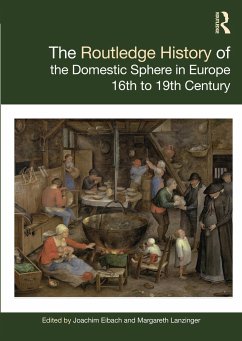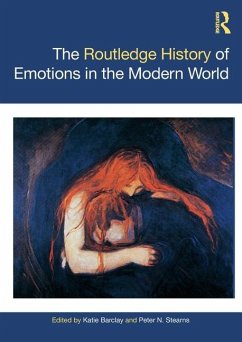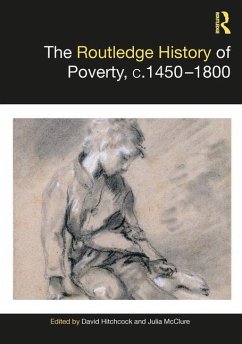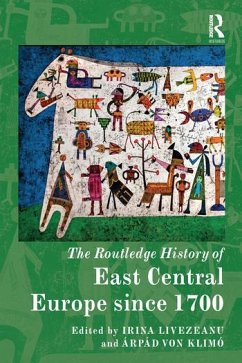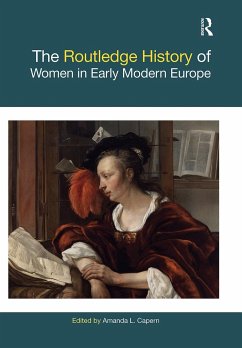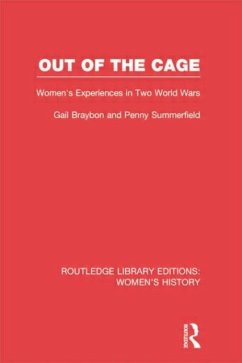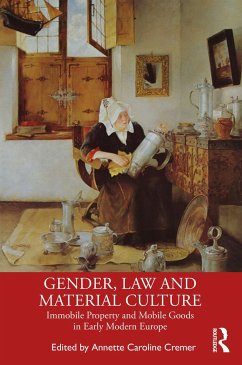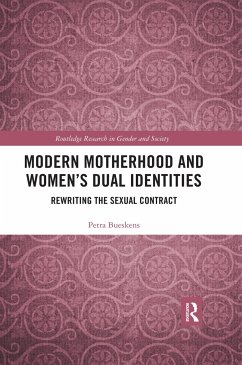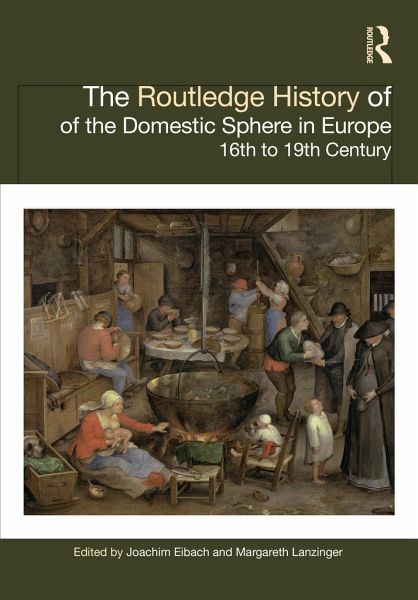
The Routledge History of the Domestic Sphere in Europe
16th to 19th Century
Herausgeber: Eibach, Joachim; Lanzinger, Margareth
Versandkostenfrei!
Versandfertig in 1-2 Wochen
267,99 €
inkl. MwSt.
Weitere Ausgaben:

PAYBACK Punkte
134 °P sammeln!
This book addresses the multifaceted history of the domestic sphere in Europe from the Age of Reformation to the emergence of modern society. By focusing on daily practice, interaction, and social relations, it shows continuities and social change in European history from an interior perspective.





